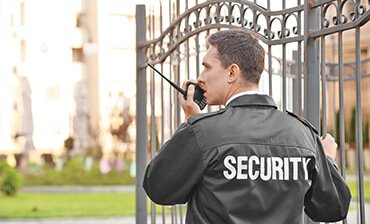Security Operating Procedure
Operating procedures in security services involve a systematic approach to ensuring the safety and security of clients' premises, assets, and personnel. Here's a general overview of the typical operating procedures:
Risk Assessment
Conduct a comprehensive assessment of the client's premises to identify potential security risks and vulnerabilities.
Security Plan Development
Develop a customized security plan based on the findings of the risk assessment, outlining specific security measures and protocols to address identified risks.
Deployment of Personnel
Assign trained security personnel to the client's site, ensuring that they are properly briefed on their roles, responsibilities, and the security plan.
Access Control
Implement access control measures, including the monitoring of entry and exit points, verification of credentials, and issuance of visitor passes or identification badges.
Surveillance and Monitoring
Utilize surveillance equipment, such as CCTV cameras and alarm systems, to monitor the premises for suspicious activities or security breaches.
Patrols and Inspections
Conduct regular patrols and inspections of the premises to deter unauthorized access, detect security breaches, and ensure compliance with security protocols.
Emergency Response Protocols
Establish clear procedures for responding to emergencies, including incidents such as intrusions, fires, medical emergencies, or natural disasters.
Communication and Reporting
Maintain open lines of communication between security personnel, clients, and relevant authorities. Implement protocols for reporting security incidents, documenting observations, and escalating issues as necessary.






